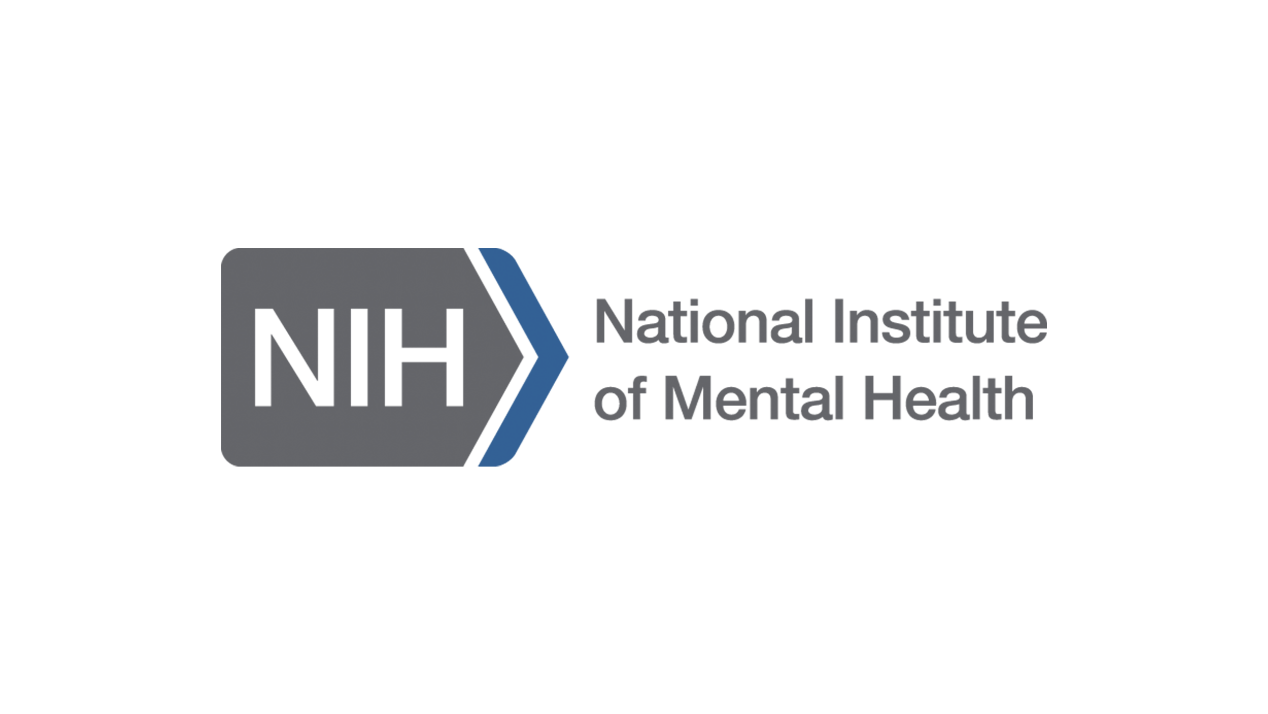
Why Skills-First Leadership Is Replacing the Ivy League Playbook in the C-Suite
The old prestige pyramid—where Ivy League degrees and blue-chip consulting backgrounds paved the way to the CEO seat—is cracking.

Researchers at the National Institutes of Health (NIH) have developed a new polymerase chain reaction (PCR) assay that can diagnose river blindness more easily and accurately than previous methods. The assay is described in a study published in PLoS Neglected Tropical Diseases journal.
River blindness, also known as onchocerciasis, is a parasitic disease that affects over 20 million people worldwide. The disease is caused by a worm called Onchocerca volvulus, which is spread through the bite of black flies.
River blindness can cause various health problems, including skin lesions, itching, and blindness. The disease is most common in Africa, Central and South America, and the Middle East.
The current diagnostic test for river blindness is a skin snip test, which involves removing a small sample of skin and looking for the presence of the parasite. The skin snip test is accurate, but it is also invasive and can be painful.
The new PCR assay developed by NIH researchers is a non-invasive test that can be performed on a blood or urine sample. The assay is also more sensitive than the skin snip test, meaning it is more likely to detect the parasite in infected people.
The NIH researchers believe that the new PCR assay could revolutionize the diagnosis of river blindness. The assay could make diagnosing the disease in endemic areas easier and more accurate and could also be used to monitor the effectiveness of treatment programs.
NIH researchers have developed a new PCR assay that can be used to diagnose river blindness more easily and accurately than previous methods. The assay could revolutionize the diagnosis of river blindness in endemic areas.

The old prestige pyramid—where Ivy League degrees and blue-chip consulting backgrounds paved the way to the CEO seat—is cracking.

Loud leaders once ruled the boardroom. Charisma was currency. Big talk drove big valuations.

But the CEOs who make history in downturns aren’t the ones with the deepest cuts

Companies invest millions in leadership development, yet many of their best executives leave within a few years. Why?

The most successful business leaders don’t just identify gaps in the market; they anticipate future needs before anyone else.

With technological advancements, shifting consumer expectations, and global interconnectedness, the role of business leaders

Following a distinguished Law Enforcement career Joe McGee founded The Securitatem Group to provide contemporary global operational specialist security and specialist security training products and services for private clients, corporate organisations, and Government bodies. They deliver a wide range of services, including complete end-to-end protection packages, close protection, residential security, protection drivers, and online and physical installations. They provide covert and overt investigations and specialist surveillance services with a Broad range of weapons and tactical-based training, including conflict management, risk and threat management, tactical training, tactical medicine, and command and control training.

Jay Wright, CEO and Co-Owner of Virgin Wines infectious energy, enthusiasm, passion and drive has been instrumental in creating an environment that encourages talent to thrive and a culture that puts the customer at the very heart of every decision-making process.

Fabio de Concilio is the visionary CEO & Chairman of the Board at Farmacosmo, a leading organization dedicated to mental health and community support services. With a deep commitment to identifying and meeting customer needs, Fabio ensures that high standards are maintained across the board.

Character Determines Destiny – so said Aristotle. And David CM Carter believes that more than anything else. For David, it has been numerous years of research into codifying Entelechy Academy’s 54 character qualities that underpin everything he stands for as a leader and teacher.


Leave us a message
Subscribe
Fill the form our team will contact you
Advertise with us
Fill the form our team will contact you